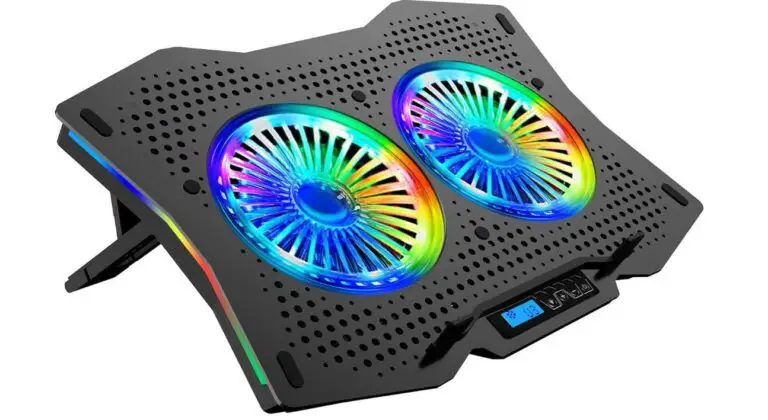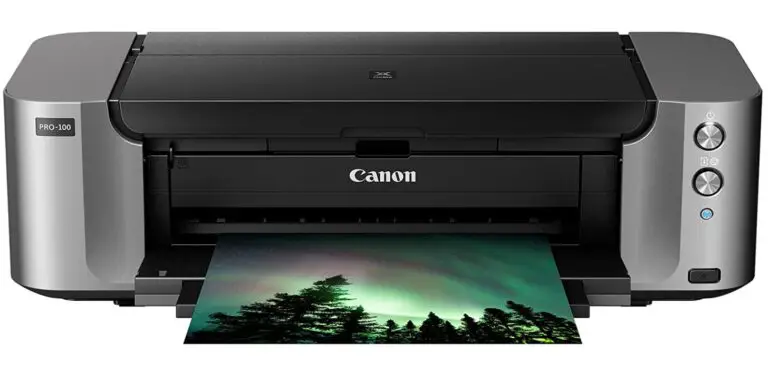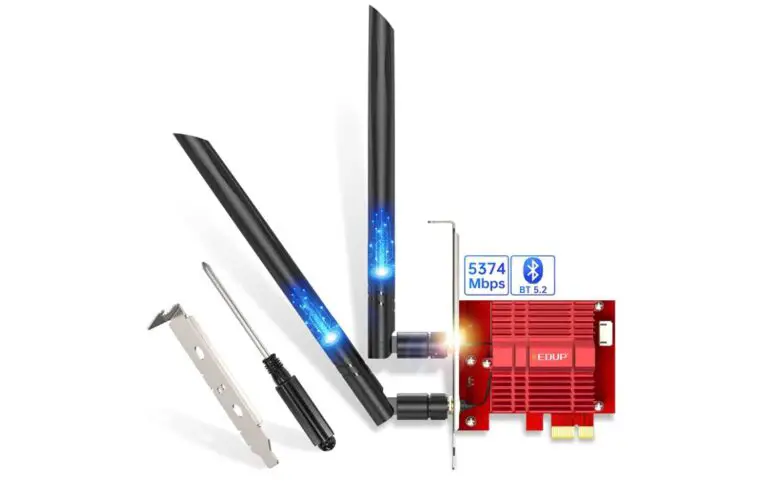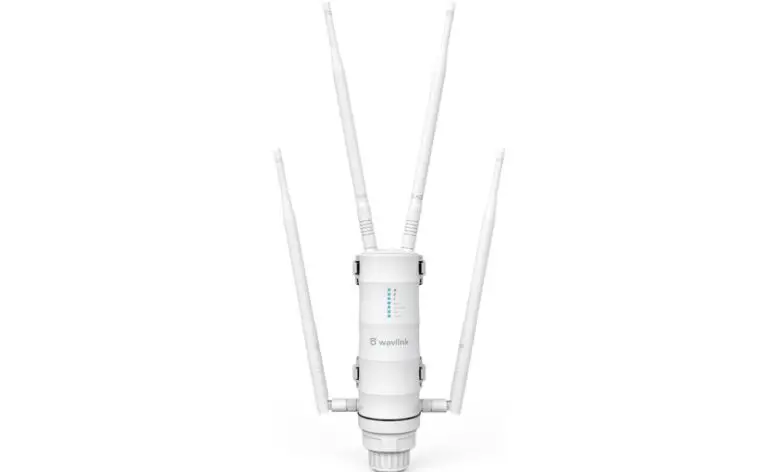Best Synthesizer Keyboard Reviews
Introduction
Is electronic music something that you’re interested in? I get how you’re feeling! It’s a lot of fun to be able to make and play sounds with electronic devices since it encourages you to be more creative. This is especially true of analog synthesizers, which may be played immediately without the need to connect them to a computer and configure their parameters. There are literally dozens of different electronic instruments with which to play. Synthesizer keyboard combine a well-known instrument (the piano) with additional filters and oscillators, making electronic music more accessible to novices for those who are already familiar with music theory. Aside from that, they include a lot of features for advanced users.
As a result, synthesizer keyboards have grown in popularity over the last few decades, and many reputable businesses now make a variety of models. If you’re trying to purchase a synthesizer keyboard, you’ll likely be overwhelmed by the vast selection available. Furthermore, if you are unfamiliar with some synthesizer principles, you may find it difficult to comprehend each model’s specs and, as a result, determine which one is a better fit for your needs. To assist you in your search, I’ve compiled a list of the top seven synthesizer keyboards currently available. Each model is described in simple terms, along with its benefits and cons, so you know what to anticipate.
Best Synthesizer Keyboard of 2023


Korg MicroKORG Synthesizer Keyboard


Roland GAIA SH-01 Synthesizer Keyboard


Arturia MicroBrute Synthesizer Keyboard


Korg Minilogue


Roland JUNO-DS88


Korg MS20 Mini


Arturia MicroFreak


The Korg MicroKORG is a well-known company’s product in this category, and it’s been a popular keyboard synthesizer for many years.
It has 37 semi-weighted tiny keys, a dual oscillator synthesis engine, and an eight-band vocoder that can produce a variety of vintage synthesizer sounds. It also includes five separate knobs for editing and customizing sounds in real-time, as well as three effects, external audio processing, 128 customizable presets, and three delay modes.
Because the knobs and settings are simple to operate, this keyboard synthesizer is perfect for beginners. The MicroKORG is a compact, portable synthesizer that can be used for live performance.
It also has two audio inputs and can record songs without the use of any extra equipment. Unfortunately, it lacks a USB connector (which is somewhat predictable given its age), but you may link it to your computer via its MIDI capabilities.


The Roland GAIA SH-01 is a powerful synthesizer with 37 full-sized velocity-sensitive keys and three virtual analog engines, and it’s yet another product from a big name.
Each one has a filter, an oscillator, an LFO, and an envelope, all of which are controlled by dedicated knobs. This synthesizer keyboard’s UI is simple to use and allows you to perform live.
Flanger, low boost, delay, distortion, and reverb are among the additional effects, as are a phase recorder, a D Beam, and an arpeggiator. The GAIA SH-01 can stack up to five effects at once, making it a very flexible instrument.
This synthesizer is particularly portable, as it features a tiny and lightweight design as well as the ability to run on batteries.
In terms of connectivity, it has both USB and MIDI ports for connecting to your computer, however, the lack of an audio input may be a drawback.


The Arturia MicroBrute is a tiny synthesizer keyboard that combines the features of a larger synthesizer keyboard (the Arturia MiniBrute).
It includes 25 micro keys, which may be too little for folks with large hands. It is quite easy to transport due to its compact and lightweight design.
It has a high-quality oscillator and a step sequencer, so you can make traditional analog synthesizer sounds with it. Apart from the compact size, the controls feature a modulation and pitch bending wheel, as well as a slew of knobs and faders.
The Arturia MicroBrute is a low-cost instrument with a user-friendly interface that is ideal for novices. The MIDI interface and audio input add to its versatility, allowing you to link it to your computer or process another instrument.


The Korg Minilogue is a small synthesizer keyboard with 37 velocity-sensitive thin keys (note that some people might find them too slim).
It has four voices and a 16-step sequencer, which is an unexpected feature at this pricing point. The automation feature makes it simple to generate patterns, and the easy interface makes it a user-friendly instrument. Shape control, cross modulation, tape type delay, and ring modulator are all useful features for expert users.
It has 200 customizable memories and 100 presets, allowing you to save and retrieve all of your creations.
The Korg Minilogue is made of high-quality materials that will last a long time. It may also be readily moved due to its compact form.
It has a lot of connectivity options, including USB and MIDI connections, as well as audio inputs and outputs (both headphone and line outputs).


So, what about those of you who desire an 88-key synthesizer keyboard, similar to an acoustic piano? There is one, to be sure!
The Roland JUNO-DS88 is a very versatile keyboard with 88 weighted keys that simulate the sensation of an acoustic piano, making it even more playable.
Of course, the JUNO-DS88 includes a slew of electronic functions, including organ and synth tones, vocoder, reverb, and auto-pitch effects. The sound quality is extremely rich and detailed, thanks to powerful digital sound synthesis.
It also comes with an 8-track pattern sequencer and built-in recording capabilities. Controls feature eight pads and a pitch bend/modulation lever in addition to the keyboard.
This is a synthesizer keyboard that is quite transparent, which means it is very simple to learn and use.
You can use a mic input to connect a microphone and edit your voice. Unfortunately, it is fairly big to carry around, yet transporting it is not impossible.


The third (and last) Korg entry on this list is a miniature counterpart of the larger Korg MS20, which was launched in 1978.
With 37 small keys, the Korg MS20 Mini is a powerful synthesizer. It has two ring-modulated oscillators, envelope generators, high-pass, and low-pass filters, USB connectivity, and a quieter VCA.
It has dual filters, which allow for a lot of experimentation: this synthesizer keyboard is highly recommended if you want to explore your sound identity, and it’s also patchable.
This synth has a lot of advantages, one of which is its small size, which makes it easy to store and transport. The MS20 Mini’s strong build quality ensures that it will not be easily destroyed and will last for many years.


Now for something altogether different: the final model on this list takes a very different approach to both sound performance and general design.
The Arturia MicroFreak has 25 pressure-sensitive keys with an aftertouch and 11 digital oscillators, allowing you to produce and manipulate strange sounds.
This keyboard synthesizer is fantastic for those who like to experiment a lot, but those who wish to make more “traditional” analog synthesizer sounds may not like the sound style. It allows you to save and recall your settings using user presets.
The Arturia MicroFreak is a small and light synthesizer that can be carried in any bag. Furthermore, you have the option of using an AC adapter or a USB connection to power it. Another significant advantage is its inexpensive cost, which makes it accessible to the majority of people.
Best Keyboard Synthesizer Buying Guide
Any of these synthesizers would be a welcome addition to any musician’s collection. With so many outstanding contestants, picking a winner is difficult. It’s critical to understand the differences between these devices. This should assist you in determining which option is best for you.
Mono, Poly… or Paraphonic?
A monophonic synthesizer is a single-note instrument that only plays one note at a time. A polyphonic synthesizer may play many notes at once. Normally, all of the notes sound the same (monotimbral).
A specific “paraphonic” mode is available on a few monophonic synths with several oscillators. This divides the oscillators into two groups, each of which may play monotimbral chords.
Synthesis Type
“Subtractive synthesis” was the classical method of synthesis. This is due to the fact that sounds are produced by filtering a complex waveform. It’s now commonly referred to as “analog synthesis.” It’s still by far the most popular synth engine.
Oscillators (VCOs), filters (VCFs), amplifiers (VCAs), as well as low-frequency oscillators (LFOs), and envelope generators, are its building pieces (EGs). High-pass (HP), low-pass (LP), band-pass (BP), and notch VCFs are all available.
The delay, attack, decay, sustain, and release (DADSR) parameters, or a subset of them, can be found in an EG.
Other synthesis types
Stanford University pioneered frequency modulation (FM) synthesis. Yamaha had the original license for the DX line of synthesizers. The theory is complicated, but using non-harmonic overtones to make percussive sounds is simple. It is, however, distinct from ring modulation.
In the 1980s, wavetable synthesis became popular. A waveform or group of related waveforms is numerically represented in memory and read back at a configurable rate. Complex sounds can be replicated quite accurately with large enough tables.
Last but not least, there’s the vocoder (VOcal enCODER). Bell Labs first created it for the telephone system. A voice or instrument is superimposed on top of another waveform in vocoding. This approach allows for some pretty odd special effects.
The keyboard
All of the instruments we looked at have a keyboard. They have a length ranging from 25 to 37 keys. Some keys are full-size, while others are little. One has a unique flat keyboard that does not have any moving parts.
The Action of the Keybed
This is the second most crucial factor to think about. Keyboard activities are divided into three categories:
Synth action – The keybed is meant to be unweighted and resistant to any finger pressure for this action. These are also usually velocity-sensitive. The louder the notes are played, the harder the key is pressed on the keyboard.
Semi-Weighted action is designed to perform at a variety of dynamic levels. They have a tiny resistance to the keys, which is similar to that found in pianos, thanks to springs.
Weighted action keyboards- These can range from simple weighted keyboards to those with resistance incorporated. The others use a pivoting movement similar to that found in pianos. A graded action hammer is also available, which is the closest to sound and performs similarly to a piano.
Understanding the Terms Analog, Digital, Hybrid, Modeling Synthesis
Analog Synthesis
It occurs when analog circuits, also known as oscillators, change and generate sounds using low amplifiers, pass, bandpass, and high pass filter networks, as well as electro-mechanical circuits. A waveform is used to generate the sounds, which are then modified by various filter networks. The noises are then manipulated and amplified.
Digital Synthesis
The sounds are created using digital technology. Microchip-based digital controllers and digitally generated waveforms are used in this technology. It produces advanced sounds when used with presets.
Hybrid Synthesis
This is a brand-new sound category that combines analog and digital sounds. The versatility of both types of synthesis is due to their strength. To create musical effects, this style combines digital oscillators, wavetable forms, and fat, resonant analog filters.
Modeling synthesis
This digital signal processing (DSP) chip-based synthesis technology is cutting-edge. The DSP imitates the activities of analog components, which are analog components in the traditional sense. They can also be utilized to create acoustic noises.
Other Things To Look Out For Synthesize Keyboard
MIDI Compatibility
The Musical Instrument Digital Interface (MIDI) is a device that allows you to record digitally and get the most out of both traditional and electronic musical instruments. To record MIDI sounds, you’ll need a MIDI controller. Sounds can be imported, exported, and recorded using a MIDI-compatible synthesizer. This broadens the range of sounds and tones available to the synthesizer. It also helps if your synth has recording capabilities.
Connectivity with Computer
No gadget can be helpful nowadays unless it is connected to a computer. USB, MIDI, FireWire, mLAN, and S/PDIF are the most frequent connectivity choices. They are either external synthesizers or synthesizers embedded into the computer. This aids in the editing and personalization of synthesized music.
FAQs About Synthesizer Keyboards
What is the best synthesizer for beginners?
The Korg Minilogue is the ideal synthesizer for beginners.
One of the best current synthesizers is the Korg Minilogue. It’s a multiphonic synthesizer. It aids in the acquisition of multi-purpose pads. The dedicated knob feature is unrivaled. The sequencer, or arpeggiator, is second to none.
The Arturia Microbrute is an analog synthesizer that is extremely user-friendly. It has a vintage feel to it and is more retro than modern. There are four oscillators in this monophonic synth, each with its own receptive signal enhancer.
Who makes the best synthesizer?
Korg is without a doubt one of the most well-known synthesizer companies. Monophonic and polyphonic keyboards are known to be produced by them. Their sound is unrivaled, and most professional musicians prefer it. They are meant to be durable and survive a long time, with user-friendly and powerful features.
What’s the difference between a keyboard and a synthesizer?
Synthesizers are musical instruments that allow musicians to generate original compositions as well as edit or change the sounds of other music. It’s for individuals who like a lot of complexity and intricacy, as well as a lot of controls.
Built-in speakers on keyboards can play a variety of sounds, including piano, wind instruments, guitars, organs, choir voices, strings, and synthetic sounds. It’s pre-programmed and doesn’t allow for much customization.
How do I learn to play the synthesizer?
When learning a musical instrument, it is important to do so while having fun. Synthesizers are the same way. It is pretty simple to comprehend after you have mastered the fundamentals. As a result, you should begin by mastering the fundamentals. Enroll in a few classes to broaden your horizons. There are also some excellent online courses available.
Can you play the synthesizer without electricity?
Synthesizers do not produce sound through acoustics or vibrations. To make sound, they use electrical signals that are generated and amplified. As a result, a synthesizer cannot produce music without the need for electricity.
Conclusion
As you can see, all of the models stated above are extremely different. Their differences ensure that at least one of them will appeal to you. But, with so many high-quality keyboard synthesizers to choose from, how will you know which one is right for you? The answer is straightforward: the greatest option for you is the one that meets your requirements.






